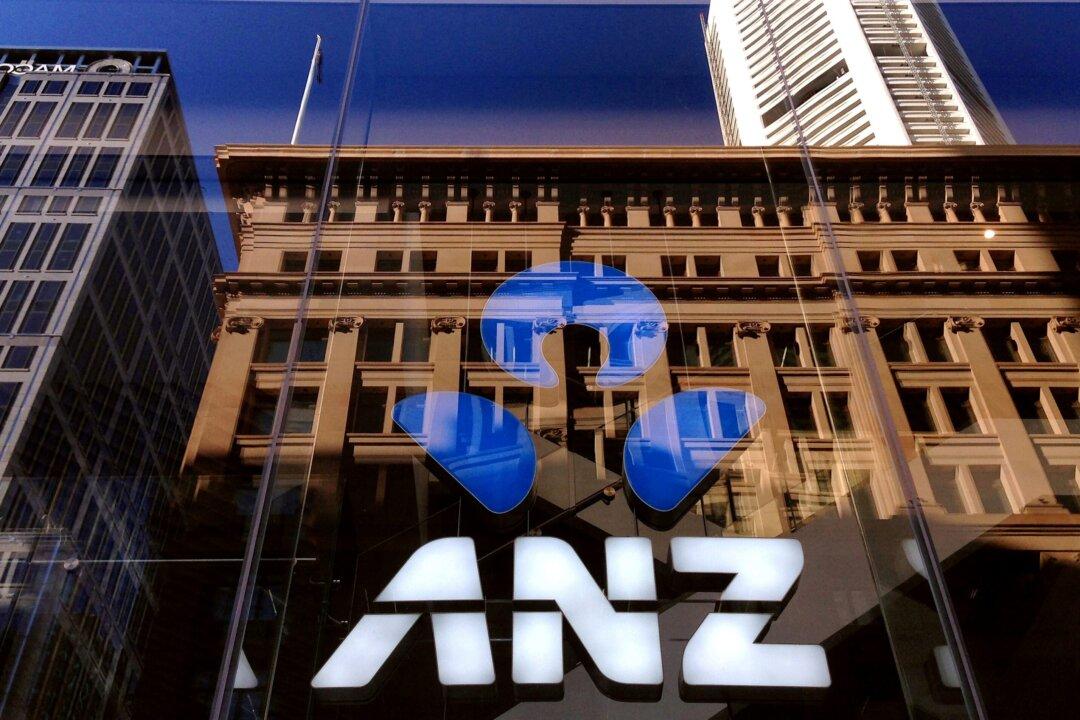The Australian Securities and Investments Commission (ASIC) is celebrating a win after the Federal Court found ANZ Group to have breached continuous disclosure obligations as it failed to disclose to the public that its underwriters purchased about one-third of its $2.5 billion (US$1.6 billion) institutional share placement in 2015.
ASIC filed a lawsuit against ANZ in September 2018 due to the breach, citing that the lender knew between $754 million and $791 million of placement shares were to be allocated to underwriters.




